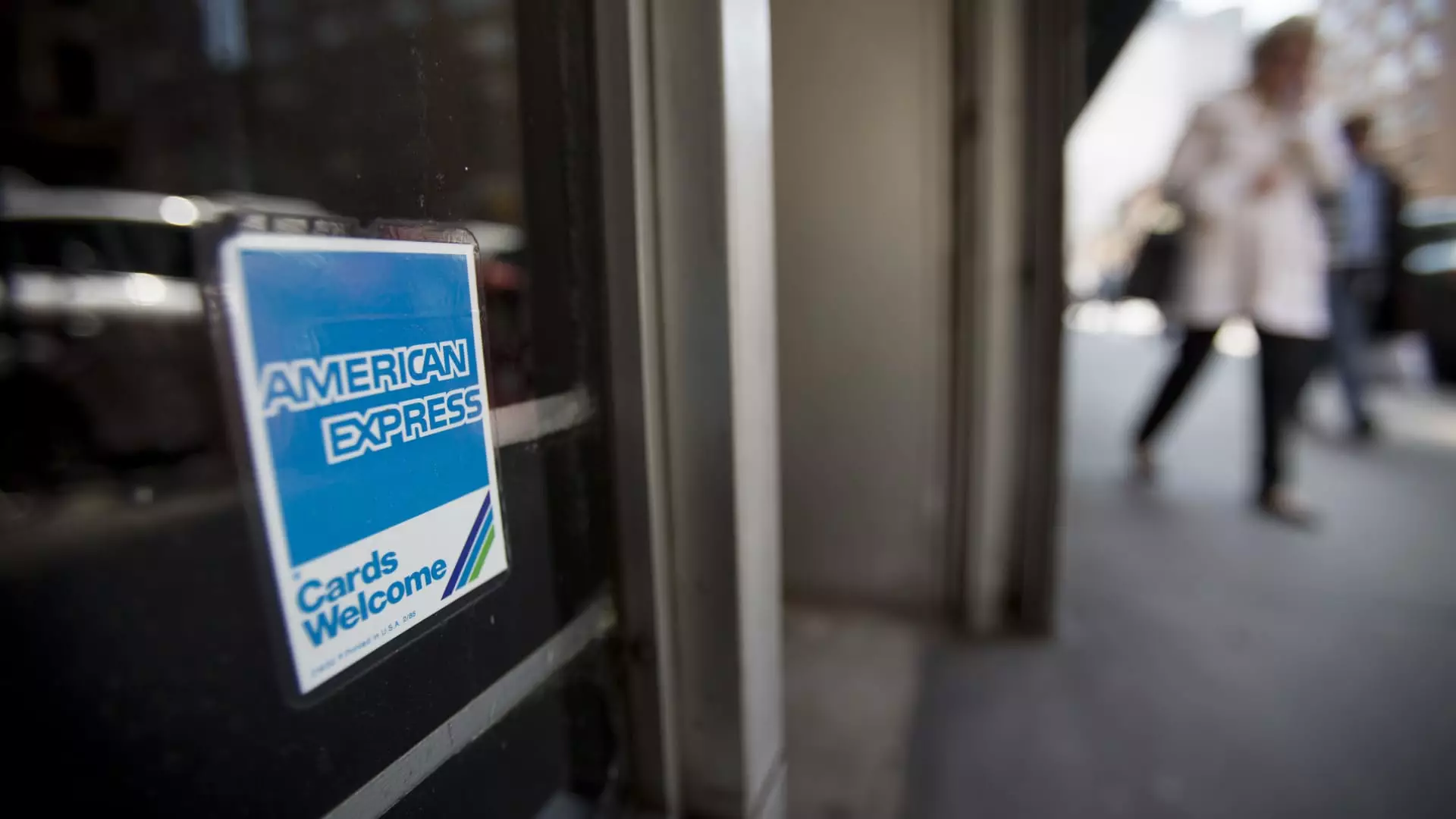American Express has built a reputation as the bank of choice for the wealthy, cultivating an aura of exclusivity through elite travel and dining perks. This strategy has shielded the company from the volatile tides of general consumer spending. However, this reliance on high-net-worth individuals also exposes Amex to systemic vulnerabilities. As the economic landscape shifts and the wealthy tighten their purse strings, the company’s core growth engine may start to sputter. If luxury spending drops even marginally, the ripple effects could threaten Amex’s delicate financial stability. The company’s apparent shield—its niche market—might eventually become its Achilles’ heel, especially when broader economic challenges hit a segment so finely calibrated around luxury and discretionary spending.
Questionable Resilience Amid a Cooling Economy
While the recent earnings were impressive on paper, the underlying data warrants scrutiny. Despite a 7% increase in overall spending, the most telling decline was in airline ticket purchases. Domestic economy class flights stagnated, leaving a troubling gap behind premium cabin bookings which, contrary to the trend, rose by 10%. Such divergence signals that average consumers—those not flying in first class—are cutting back. Airline spending is often a bellwether for discretionary consumption, influencing airlines’ partnership deals with Amex and its lounge network. That it remains flat suggests that consumers are feeling the pinch, whether from inflation, stagnant wages, or rising fare prices. If airline demand wanes, even a premium brand like Amex cannot escape the broader economic tremors.
Inflation’s Subtle Yet Perilous Impact
A recent decline of 3.5% in airfare prices further complicates the picture. While consumers might appear to be benefiting from cheaper flights, this actually indicates a weakened demand rather than increased affordability. When ticket prices fall due to reduced demand, it reflects an environment where consumers are less willing— or less able—to spend freely on travel. This is especially concerning for a brand built on the prestige of travel perks. As inflation continues to outpace wage growth, the disposable income of even the wealthiest segments could diminish, shrinking the pool of high-value spenders who fuel Amex’s premium offerings.
Market Confidence and Competitive Pressures
Despite the company’s optimistic outlook, investor confidence is wavering. The stock’s sluggish performance—up less than 4% year-to-date—paints a picture of a company struggling to convince the market of its resilience. Concerns over the expanding costs of rewards programs, particularly with the refreshed Platinum card, threaten margins. Meanwhile, fierce competition from JPMorgan, Capital One, and Citigroup in the premium credit sphere intensifies the challenge. These rivals are aggressive, even undercutting Amex’s exclusivity to attract a shrinking pool of high-end consumers. The narrative forming around Amex’s future emphasizes that it must spend more—on marketing, rewards, and innovation—to sustain its growth, risking a downward spiral where increased spending yields diminishing returns.
In essence, American Express’s reliance on its high-end niche offers short-term security but may blind it to the long-term vulnerabilities embedded in its business model. As economic conditions tighten, the company’s stability hinges on a fragile balance that could be easily upended by shifts in consumer spending habits or intensified competition.

